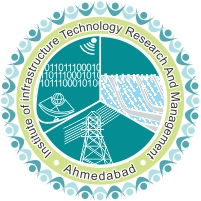Employing Best–Worst Approach and Distance‐Similarity Measure Based Aggregation Method in Intuitionistic Fuzzy Fault Tree Analysis for Risk Assessment With …
Authors :- M Kaushik, M Kumar
Publication :- Quality and Reliability Engineering International, 2025 (Wiley)
Fault tree analysis is a widely used method for analyzing the failure causes of systems and evaluating system safety and reliability. It is sometimes difficult to obtain the precise failure data of system components contributing to the system failure. Therefore, in practical applications, experts estimate the basic events' occurrence possibilities in the system fault tree. This article presents a novel system fault tree analysis to assess the probability of system failure through qualitative data as experts' opinions in an intuitionistic fuzzy environment. However, different experts may have varying opinions about the likelihood of a particular basic event. Thus, there is a significant challenge in aggregating the occurrence possibilities for a particular basic event provided by multiple experts. To address this issue, the paper introduces a novel method that employs distance and similarity measures to aggregate the judgments of various experts. Furthermore, to mitigate the potential for expert bias, the Best–Worst method is also utilized to assign weight to each expert. To validate the applicability and effectiveness of the proposed method, a case study on the coal dust explosion is presented. The probability of coal dust explosion is evaluated using qualitative data, and critical basic events that contribute to the explosion are identified using the Fussell–Vesely importance measure. To benchmark the proposed approach, the criticality ranking results of basic events are compared with existing methods, and the rankings are found

